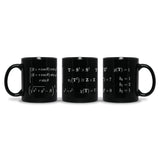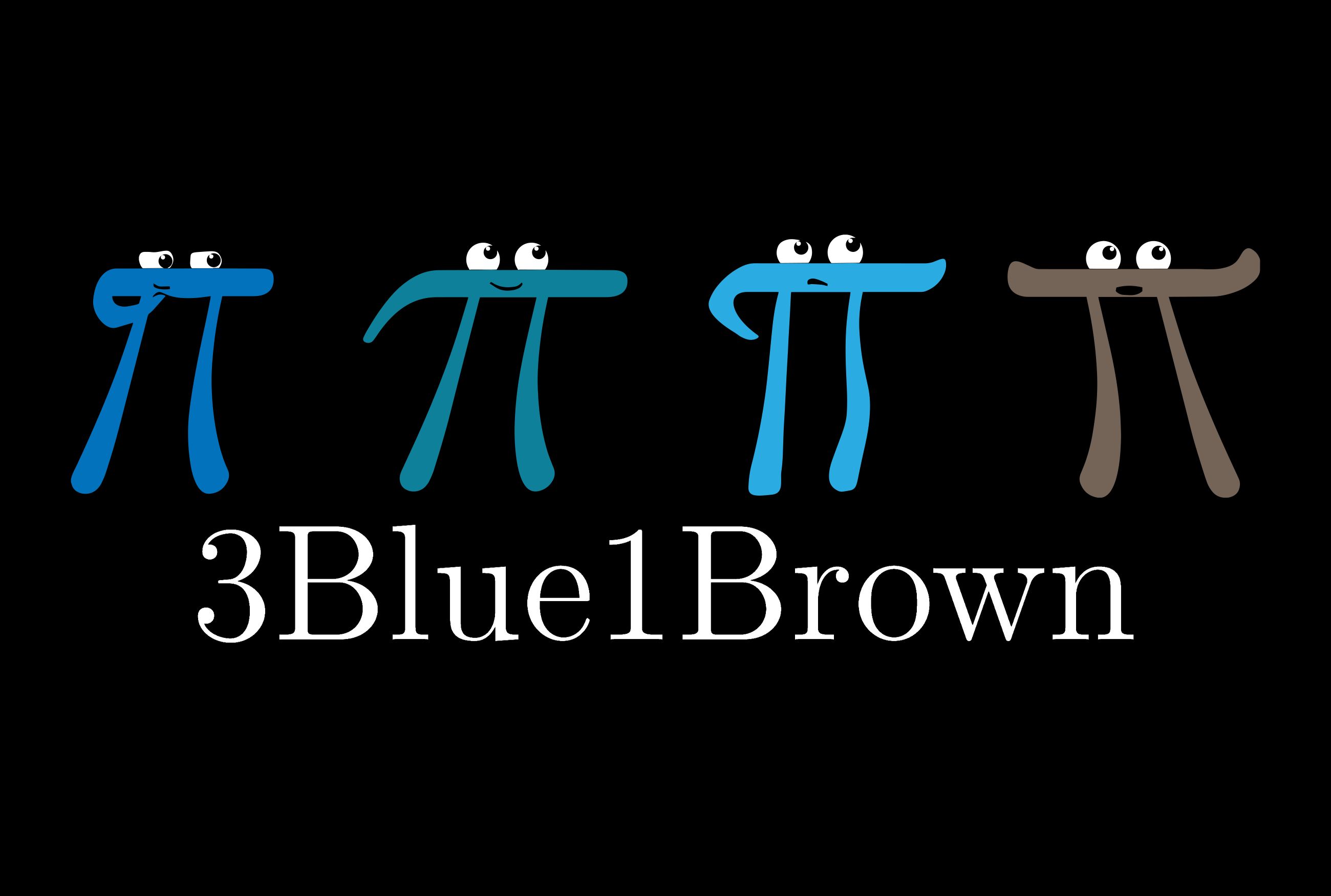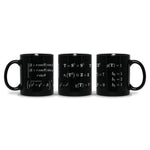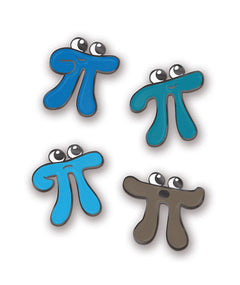



Torus Mug Black Edition
- Description
- Product Info
Take your favorite spherical object lying around –an orange, a tennis ball, whatever– and cover it with dots. Now draw a bunch of lines connecting these dots, being careful never to let the lines cross. In effect, you're drawing a polyhedron whose faces have been warped onto the surface of your sphere. Add up the number of dots (vertices), subtract the number of lines (edges), and add the number of faces you've divided the surface into, and you'll always get 2. No matter what dots and lines you chose to draw! The object doesn't even have to be a sphere. If you're comfortable drawing all over the surface of your laptop, you'd find the same thing: V - E + F = 2. This is Euler's characteristic formula.
11oz black ceramic mug with wrap-around printing. Hand-wash only recommended.
6 Month Return Policy
Torus Mug Black Edition

ABOUT THE CREATOR
3Blue1Brown
3Blue1Brown, by Grant Sanderson, is some combination of math and entertainment, depending on your disposition. The goal is for explanations to be driven by animations and for difficult problems to be made simple with changes in perspective.
- Related products
- Recently viewed




